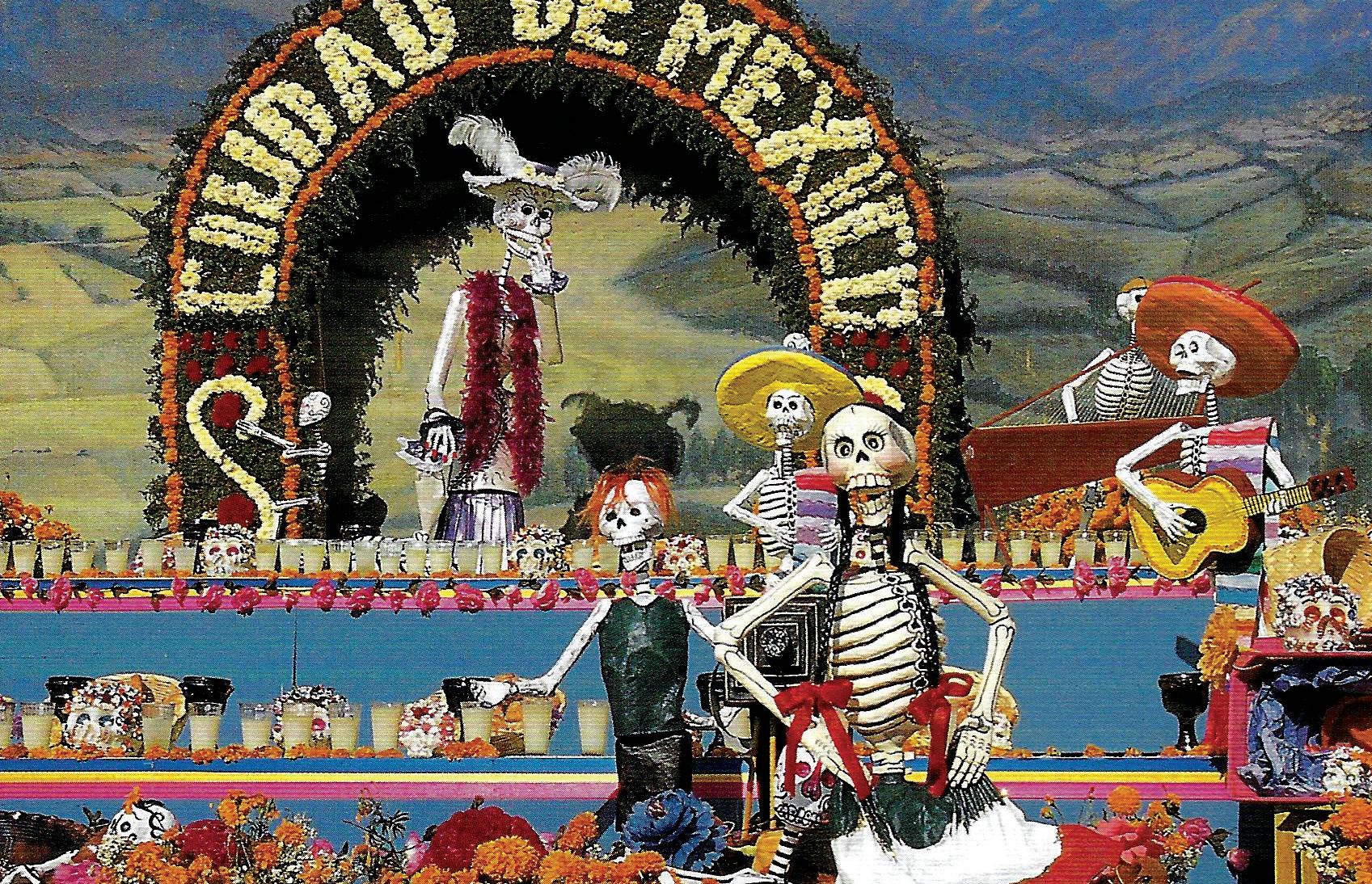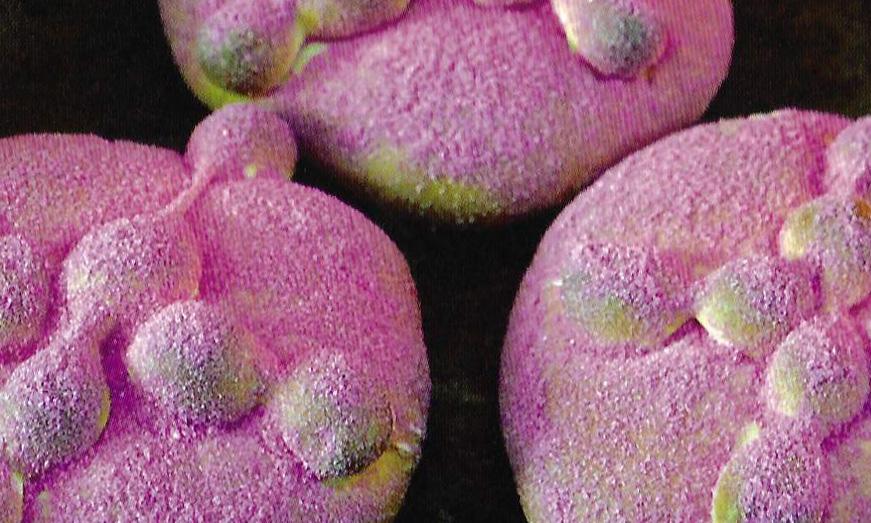
2 minute read
Introduction: El Día de los Muertos
El Día de los Muertos(Day of the Dead) is a celebratory feast day with a historically rich tradition that integrates both preColumbian and Catholic customs, along with contemporary Mexican culture. Day of the Dead is traditionally celebrated on November 1st and 2nd in connection with the Catholic holy days of All Saints’ Day and All Souls’ Day, but features rituals and customs that can be traced back to before the Spanish Conquest. Day of the Dead itself is a time to honor and remember the lives of deceased friends and relatives who journey from the underworld (Mictlan in Mexica culture) to visit the living. Families and friends come together in the joy of remembrance, instead of sorrow and loss. It is a celebration of the cyclical nature of life and our eventual transformation from the physical realm to the spiritual. It is during this festivity that the graves of loved ones are decorated, special foods such asmoleand pan de muerto(bread of the dead) are prepared, ofrendas (altars) are built to honor the dead in homes and public spaces, and special festivals and processions are held.
The Day of the Dead has its origins in ancient preColumbian cultures that blended with those of the Spanish, who arrived in Mexico in the early 1500s. During the late nineteenth and early twentieth century, Mexican artistJosé Guadalupe Posada popularized the skeleton images associated with the holiday with his satirical drawings ofcalaveras, and thereby established a uniquely Mexican style of art. Later, theChicano Movement embraced the Day of the Dead as a way to recover pre-Columbian and Mexican identities in the United States. Today, the Day of the Dead continues to be celebrated by Latinx, Mexican, and Indigenous peoples across Mexico and the United States every November.
Advertisement
The first day (November 1st), called “Día de los Angelitos” (Day of the Little Angels), is dedicated to the souls of deceased children, while November 2nd is set aside for the souls of adults. Before these days, families may clean their homes to prepare for the arrival of the souls of their loved ones. Many also visit cemeteries to decorate the graves of the dead with their favorite items and flowers. Graves and ofrendas are decorated withpapel picado, photographs, cherished objects, cempasúchitl(marigolds), and calaveras (skeletons made of paper, or clay, or sugar). Food and drink are placed on the ofrendas because it is believed the dead are led back to their family through the smell of ofrendas, and the taste of family recipes.
There are many important foods associated with Day of the Dead. In particular the main dish is mole, which is meat (usually chicken or pork) cooked with a sauce made from chiles, chocolate, peanuts, and other ingredients that vary by region. Pumpkin candies, rice pudding, and tamales may also be offered. Bakeries produce special bread calledpan de muertoin the shape of people or bones and decorated with pink sugar. Stores also sell edible skulls made of sugar or chocolate, adorned with names, for children and adults to eat.









